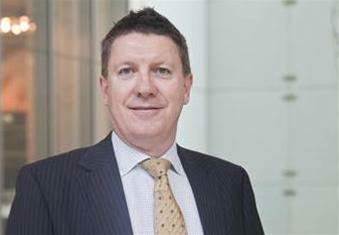While the technical details of the modernisation are impressive, equally so are the project, stakeholder and process considerations.

Curry noted that 1500 individual changes had so far been documented and approved across the modernisation works.
"A change at Telstra requires significant approval from the executive level all the way through our network business, and usually requires about three or four hours of documentation, so running 1500 individual changes [represents] a significant amount of time," he said.
Running concurrent retrofit and construction projects demanded "incredible attention to detail", as well as prioritisation of what was most important as the site continued to operate on a business-as-usual basis.
"Managing the day-to-day with two and sometimes three construction programs requires incredible attention to detail," Curry said.
"The construction program managers will always tell you that they're more important than each other.
"You really have to sit down and assess the risk to the business, the risk to the site, and then the risk to the program in that order.
"Security and stability are our highest priority and they always take precedence over the program or any other changes that are trying to be pushed through the site."
Curry noted that one key learning from the modernisation had been to get designs right the first time.
"When you're in the throes of design and you've got a lot of pressure to build out significant data centre footprints or refurbish significant areas of your data centre, there is always an urgency to move to the next step," he said.
"My experience is to take a breath, slow down, get the design right, and ensure that when you're moving to implementation that you've done all the hard yards on the design and you're not getting to a point where you're having to redesign a chilled water loop or increase the size of CRAC units or chillers because somebody missed something."
Curry also cited the importance of getting executives to make fast decisions to prevent any delays to overall timelines.
"Focus on the end game, [on] getting to where you need to get and the date you need to get there, and focus on getting your executives to make decisions very quickly," he said.
"It's incredibly expensive, this game. I can certainly see the amount of money going out of my pocket.
"The faster you make decisions, the faster you get implementation, the quicker you stop the cash flowing out of the organisation on things like delays."



.png&h=140&w=231&c=1&s=0)

.png&h=140&w=231&c=1&s=0)





 Digital NSW 2025 Showcase
Digital NSW 2025 Showcase












_(1).jpg&h=140&w=231&c=1&s=0)



